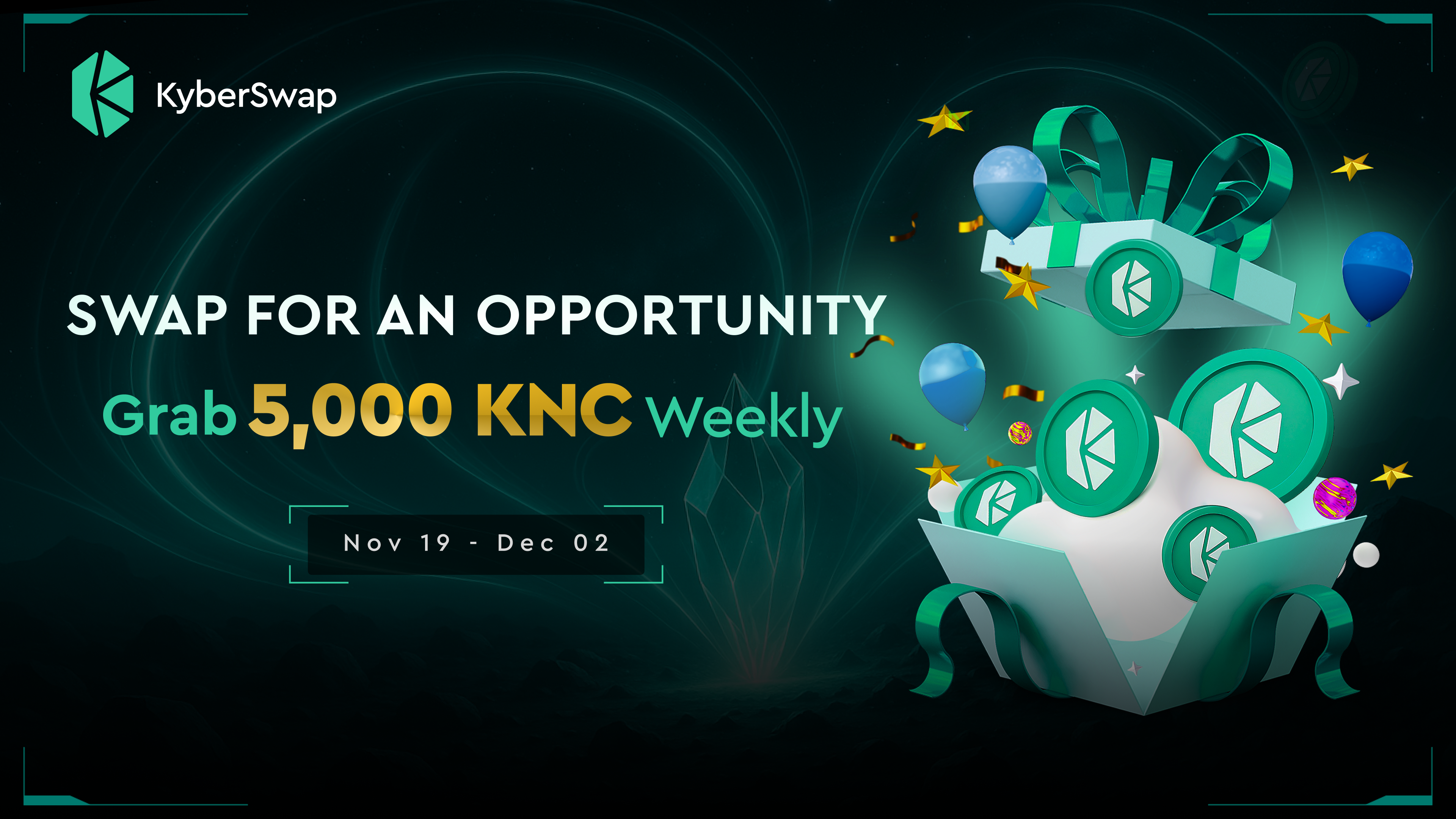Cryptocurrency is a highly volatile market which goes through heavy market movements 24/7. This can make it difficult for traders to keep up with prices due to unpredictability. While traders may take advantage of price fluctuations to make potential profits, there is also a risk of losing a significant portion of your crypto portfolio in the event of a market downturn. To better manage your returns on trades and mitigate the risk of losses, it would be useful to comprehend what limit orders are and how you can operate them to your advantage.
In this article, you’ll find all you need to know about limit orders: what they are, how they work, what are the benefits, and more.
What is a Limit Order?
A limit order allows you to set the maximum price you are willing to pay for a particular cryptocurrency, or the minimum price at which you wish to sell it. Limit orders can ensure you get a specific price for your trades, rather than being at the mercy of constantly fluctuating market prices. By using a limit order, you can take a more proactive approach to make sure that you are getting the best possible price for all your buys and sells.
How do Limit Orders work?
As mentioned above, traders use limit orders to set a specific price at which they are willing to buy or sell an asset. When a limit order is placed, the trade will only be executed if the market price of the asset reaches the specified price or better. Let’s understand this with an example.
Imagine you are interested in buying 1 BTC only when the price drops below $15,000. Then, you would place a buy limit order at $15,000, which allows your trading platform to execute the trade if and only if the price of bitcoin falls to or below $15,000.
On the other hand, if you own 1 BTC and want to sell it for at least $20,000, you could place a sell limit order at $20,000. And your trade would be executed if bitcoin rises to or above $20,000.
However, it is also important to note that, if the price of BTC does not drop below or rises above the set limits, the order would not be executed.
This is how limit orders work. But, how would it benefit you?
What are the Benefits of Setting a Limit Order?
Limit orders could be beneficial for both novice and experienced traders. Some potential benefits of using limit orders are:
Control over your trades: With a limit order, you can set specific prices at which you are willing to buy or sell an asset. This gives you control over your trades and allows you to make the best possible decisions based on the current market conditions.
Risk Management: During market downturns, limit orders can help you better mitigate the risk by exiting out of the trade without significant losses. This could be useful for those who are concerned about the potential for significant price fluctuations in the market.
Protects short-term and novice traders: These can be especially useful for short-term traders operating in a volatile market. It can also help novice traders to avoid making impulsive decisions based on short-term market movements.
Saves time and effort: Limit orders can be a convenient way to save time and effort while trading. By allowing you to set specific prices to buy or sell an asset, limit orders can help you avoid the need to constantly monitor the market for favourable prices. This can be especially useful for traders with busy schedules who may not have the time to closely follow market movements. This way, it allows you to move on to other tasks while still being able to take advantage of trading opportunities.
In short, limit orders can be a useful tool for traders looking to have more control over the prices at which they buy and sell assets.
However, the process for setting limit orders may vary between centralized exchanges (CEXs) and decentralized exchanges (DEXs).
What is the Difference between Limit Orders on CEXs and DEXs?
Simply put, the main difference between limit orders on CEXs and DEXs is the degree of centralization and control.
As CEXs are centrally controlled by a single entity or an organization, they have a central server or database that holds all the information about trades that take place on the exchange. As a centralised exchange, they also can set certain rules and regulations for trading, and intervene in the market if necessary.
In contrast, DEXs operates on a decentralized network and do not have a central authority controlling them, using blockchain technology to facilitate trades and allow users to retain control of their assets. Due to the nature of decentralised exchanges, they can offer a higher level of security and privacy when compared to CEXs.
With these differences in mind, likewise there are differences in how limit orders are implemented on CEXs and DEXs. However, the basic concept of a limit order remains the same, in a sense that it allows a trader to set specific prices at which they are willing to buy or sell an asset.
Some people confuse limit orders with stop loss orders, which appear similar but they are quite different. Let’s find out the difference between the two order types.
Stop-Loss Order vs. Limit Order
There are 2 types of stop-loss orders; stop-limit orders and stop-market orders. Stop-limit refers to the placement of a limit order when your stop price is reached. While for a stop-market, a market order will be filled when the stop price is met.
The main difference between these two types of orders is that a limit order will only be executed at the limit price you set or better, while a stop loss order will be executed as a market order at the current market price.
Now that you understand what limit orders are, when would you use them?
When is the Good Time to Use Limit Orders?
Limit orders can be used depending on your needs under different trading situations, such as:
1. If you want to buy or sell an asset at a specific price: If you feel that the price of an asset is going to reach its all-time high somewhere in the future, it is a good idea to use a limit order to set your desired price and relax until the asset gets to it.
2. To avoid slippage: Slippage occurs when the price at which you buy or sell an asset is different from the price you intended due to market volatility. Limit orders can help reduce slippage by allowing you to set a specific price that you are willing to trade at.
3. When you want to set a take-profit or stop-loss order: Limit orders can be used to set take-profit orders, which allow you to automatically sell an asset when it reaches a certain price, or stop-loss orders, which allow you to automatically sell an asset when it falls below a certain price.
4. To achieve a dollar-cost averaging effect: You can split your orders into smallest limit orders and trade at regular intervals to take advantage of DCA. This can be a useful way to manage your risk and potentially increase your chances of earning a profit in the long run.
Well. Any idea which chains have the highest volume of limit orders? Let’s get to that.
Which Chains have the Highest Volume of Limit Orders?
Currently, the Bitcoin and Ethereum networks have the highest volume of limit orders across exchanges, likely due to. their large market capitalization and widespread adoption among traders, investors, and institutions.
These large-cap coins are also likely to have a high volume of limit orders due to the high number of market participants trading them, which can lead to more advanced trading features being offered by the exchanges that list them, thus giving traders more options and flexibility. However, apart from these, other altcoins such as Ripple, Litecoin, and Bitcoin Cash also have a high volume of limit orders.
Do all the exchanges offer limit order features to their users? Maybe not! Only the best ones do as of now.
Which DEXs offer Limit Orders?
Some of the decentralised exchanges which allow users to place limit orders are:
1. 0x Protocol allows its users to place limit orders, which can be filled by other users who take the other side of the trade.
2. SushiSwap implements limit orders using an open-source smart contract called the ‘SushiSwap Lending Pool’. The platform is a bit different from a centralized exchange limit order where you lend the token instead of placing it in an order book for others to fill.
3. Kyber Network offers its users to set their own buy and sell prices, and to execute their trades only when the market prices reach the desired level.
4. Curve allows its users to place limit orders along with providing a way for liquidity providers to earn a fee for providing liquidity to the market.
5 Bancor utilises an AMM algorithm to facilitate trades. Apart from these Bancor v2 also provides it users to place limit orders
With an understanding of the advantages and the various exchanges that offer limit orders, what potential drawbacks should you consider while using limit orders?
What are the Risks of Limit Orders?
The risks of limit orders in crypto trading are quite similar to those in traditional securities trading. However, there are some additional considerations to be cautious about.
Since the crypto industry is a volatile market that operates 24/7, the prices can change rapidly at any point in time. This can make it difficult to execute limit orders at the set price and can sometimes lead to slippage.
When placing limit orders, it’s important to select an exchange with robust liquidity, such as KyberSwap, to ensure there are enough buyers and sellers to fill the order at the desired price. Low liquidity exchanges may make it difficult to execute limit orders.
Another risk to consider is that since most exchanges use smart contracts for executing trades, any glitch or bug in the contract might create issues with your trade. Which illustrates the importance in selecting a stable, reliable and secure trading platform that you can trust.
Lastly, as the crypto market is in its nascent stages, novice traders without much of an understanding of what a limit order means or the way the market works can lead to losses. So it is extremely important to—Do Your Own Research, without fail.
Final Thoughts
When trading in the crypto market, limit orders can be a powerful tool for investors looking to have control over the price at which they buy or sell a digital asset. However, as with any strategy, it’s important to weigh the risks against the advantages.
For novice traders, it is crucial to conduct thorough research before entering the market. In the future, as institutional investors and mainstream companies become more involved in the crypto market, the use of limit orders is expected to become more widespread. Therefore, limit orders will continue to be a significant aspect of crypto trading.
If you’re interested in learning more about decentralised finance, be sure to check out Kyber Academy for the latest information and resources.



